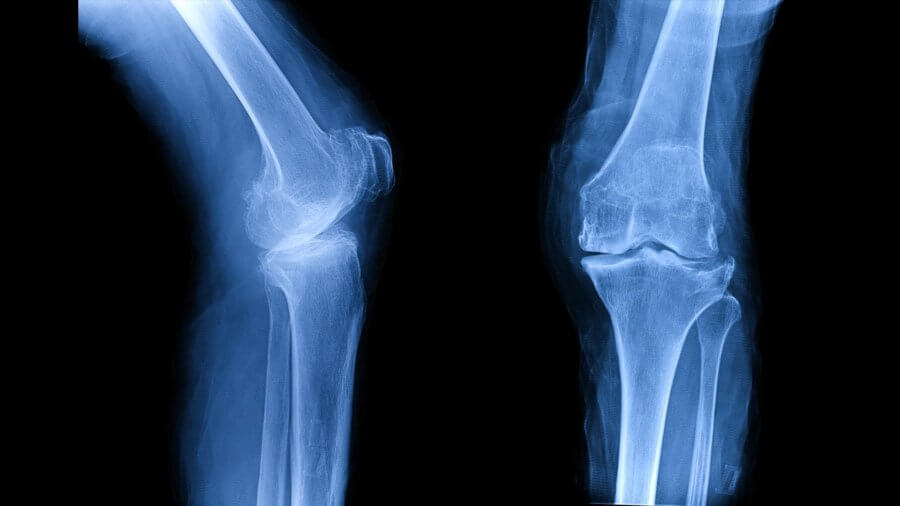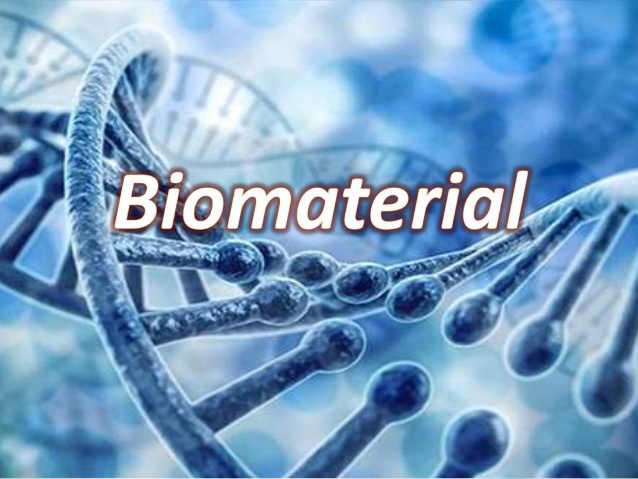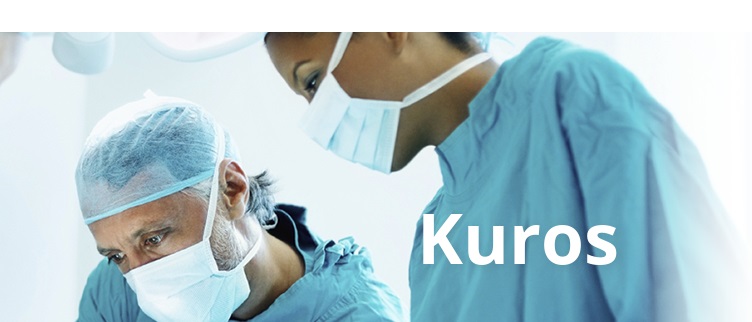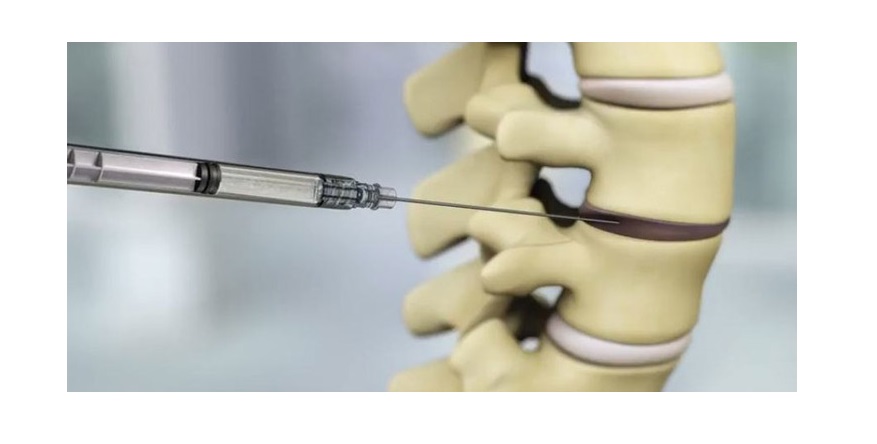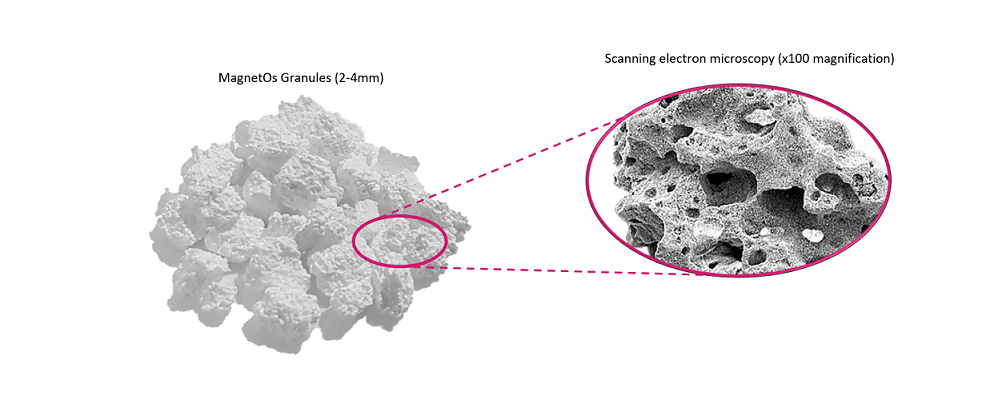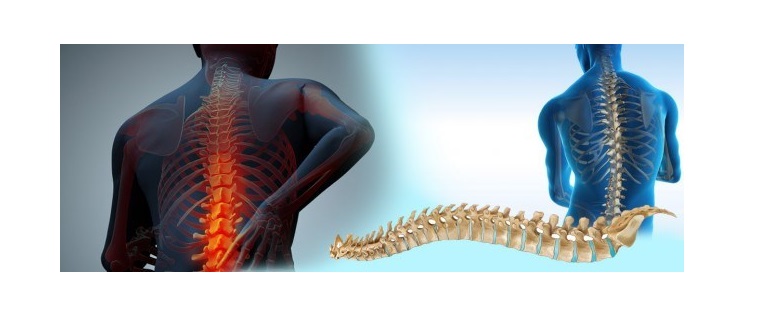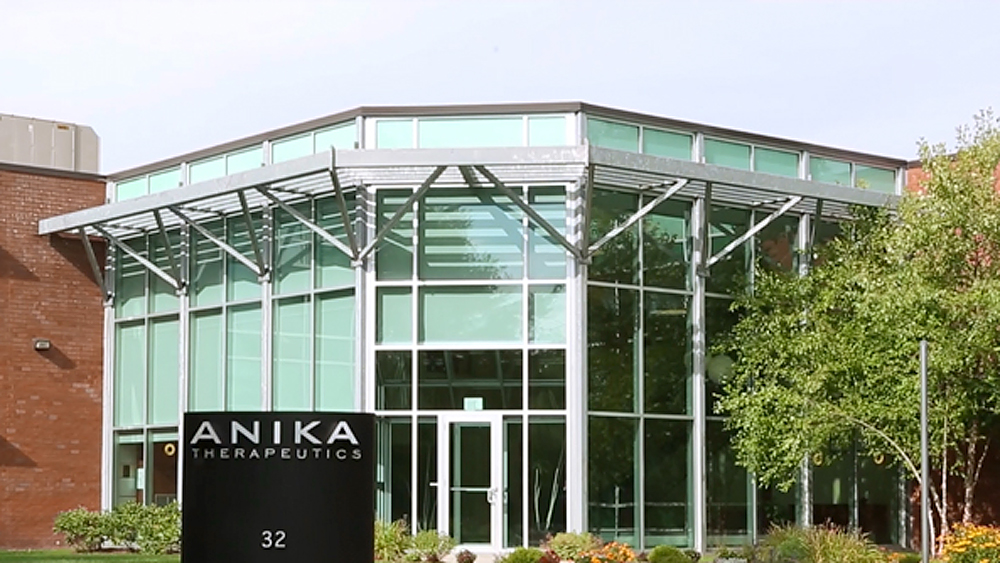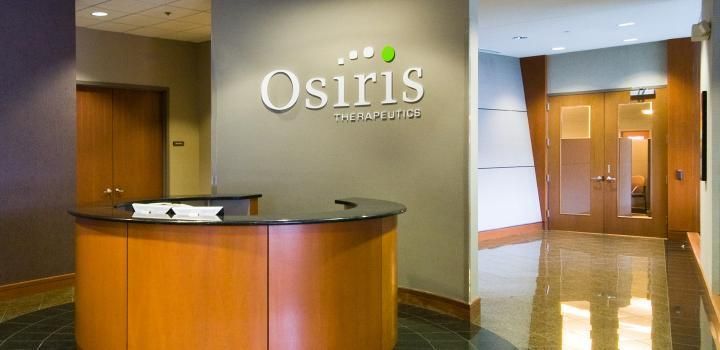ALBANY, New York, December 19, 2018 /PRNewswire/ —
The global implantable medical devices market stood at US$32.3 billion in 2015. Expanding at a CAGR of 4.9% during 2016-2024, the global market will reach a worth of US$49.8 billion by the end of this period.
Among the various types of biomaterials used, titanium presently hold the dominating share in the implantable medical devices market. However, in the near future, it is expected to be superseded by the zirconium. The rising popularity of zirconium in various types of implants can be attributed to its better mechanical attributes and its design flexibility.
Geographically, North America presently dominates the global implantable medical devices market by contributing a share of 42% in 2015, with the U.S. expected to be the cynosure of attention for manufacturers. The growth is driven by the robust demand for modern healthcare facilities by large population base.
Get PDF Brochure for Research Insights at https://www.transparencymarketresearch.com/sample/sample.php?flag=B&rep_id=13946
Rapid Advances in Dental Cosmetics impart Considerable Growth Impetus to Market
Implantable medical devices has been occupying increasingly significant position in healthcare, world over, rising on the back of constant advances in biomaterial design and functionality. The biomaterials in these devices have been extensively used in the diagnosis, prognosis, and treatment of a range of diseases, primarily musculoskeletal disorders. This is a key aspect underpinning the rapid evolution of the implantable medical devices market.
The surging demand for various biomaterials for dental implants is accentuating revenues of the market. Moreover, rapid advances being made in dental cosmetics, especially supported by substantial demand for dental prosthetic surgeries, in developing and developed countries are imparting constant impetus to the global implantable medical devices market’s growth. Furthermore, the demand for implantable medical devices is increasingly bolstered by the rising role of biomaterials in cosmetic procedures in various parts of the world. This is catalyzed by the growing number of cosmetic procedures in the fashion and entertainment industry.
Request a Sample of Report at https://www.transparencymarketresearch.com/sample/sample.php?flag=S&rep_id=13946
Search for Novel Biomaterials to unlock Lucrative Prospects
The implantable medical devices market is, however, beset by the lack of availability of biomaterials with better safety profile and significant biocompatibility, sensitivity, and longevity. For instance, the extensive use of nickel in the device is considered to up the risk of cancer in the users.
Nevertheless, several manufacturers of implantable medical devices and researchers are engaged in developing better devices, dovetailed by advanced nanofabrication technologies. The search for novel biomaterial will pave way to substantial revenue streams for players in the implantable medical devices market in the coming year. Relentless focus of prominent players on technological upgrades will further support the rapid expansion of the implantable medical devices market.
Request For Discount On This Report – https://www.transparencymarketresearch.com/sample/sample.php?flag=D&rep_id=13946
The competitive dynamics of the global implantable medical devices market is expected to be influenced by various strategies adopted by large as well as small players. Transparency Market Research (TMR), however, notes that on account of robust technical competence and financial clout big players have will make the entry of small and average-sized players increasingly difficult in the implantable medical devices market. Prudent manufacturers of implantable medical devices are aiming at bringing advancement or improvements in the design parameter, powering approaches, and the functionality of their devices. The focus will enable them to gain a better hold over the market. Large players are expected to commit massive funds on research and development activities to get a stronghold over the global implantable medical devices market, observes TMR. Moreover, they are engaging in geographic expansion strategies to consolidate their footprints in the coming years.
Browse Press Release – https://www.transparencymarketresearch.com/pressrelease/global-implantable-medical-devices-market.htm
Some of the key players in the global implantable medical devices market are Zimmer Biomet, Smith & Nephew plc, Johnson & Johnson, Stryker Corporation, and Abbott Laboratories.
The study presented here is based on a report by Transparency Market Research (TMR) titled “Implantable Medical Devices Market (Product – Reconstructive Joint Replacement (Shoulder Implants, Ankle Implants, Elbow Implants, Hip Implants, and Knee Implants), Spinal Implants (Thoracolumbar Implants, Intervertebral Spacers, and Non-bone Implants), Dental Implants, and Cardiovascular Implants; Material – Titanium, Stainless Steel, Titanium Alloy, CoCr Alloy, and Zirconium. End User – Hospitals (More than 500 Beds, 200 – 499 Beds, and Less than 200 Beds), Ambulatory Surgery Centers (ASCs), and Clinics) – Global Industry Analysis, Size, Share, Growth, Trends, and Forecast 2016-2024″.
Browse More Healthcare Market Research Reports
Popular Research Reports by TMR:
About Us
Transparency Market Research (TMR) is a global market intelligence company providing business information reports and services. The company’s exclusive blend of quantitative forecasting and trend analysis provides forward-looking insight for thousands of decision makers. TMR’s experienced team of analysts, researchers, and consultants use proprietary data sources and various tools and techniques to gather and analyze information.
TMR’s data repository is continuously updated and revised by a team of research experts so that it always reflects the latest trends and information. With extensive research and analysis capabilities, Transparency Market Research employs rigorous primary and secondary research techniques to develop distinctive data sets and research material for business reports.
Contact
Mr. Rohit Bhisey
Transparency Market Research
State Tower,
90 State Street,
Suite 700,
Albany NY – 12207
United States
Tel: +1-518-618-1030
USA – Canada Toll Free: 866-552-3453
Email: sales@transparencymarketresearch.com
Website: http://www.transparencymarketresearch.com
Research Blog: https://theglobalhealthnews.com/
SOURCE Transparency Market Research
(Logo: https://mma.prnewswire.com/media/664869/Transparency_Market_Research_Logo.jpg )
